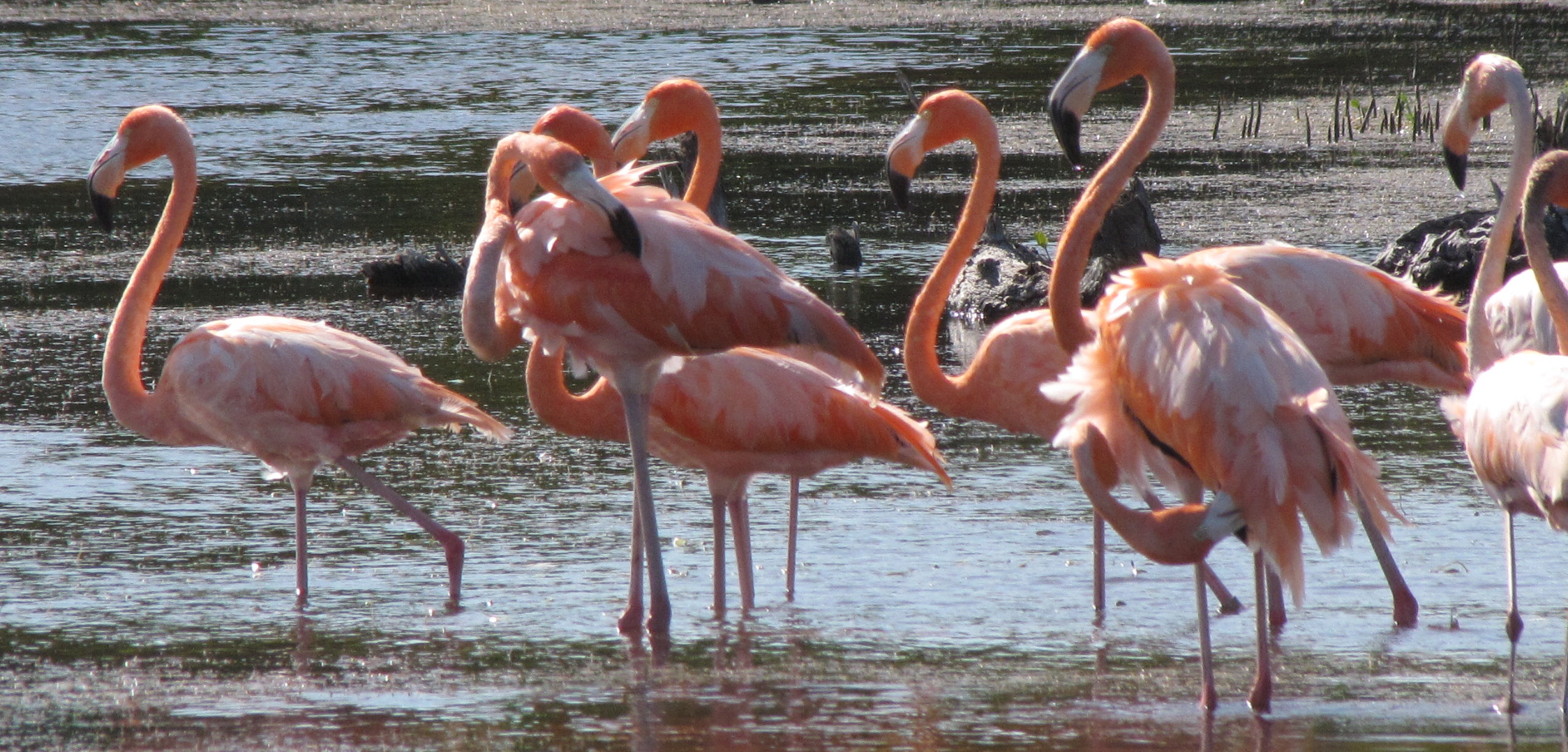Winter solstice. The shortest day of the year is over. We made the brief trip from Merida to the ruins at Mayapan, with friends Pat and Carlos, to pay our respects to the cosmic clock which the ancient Maya spent so much time studying and honoring thru architecture. The ancients carefully planned and built pyramids to serve as giant sundials which would instruct future generations of the cycle of seasons. On the shortest and longest days of each year, the Kulkukan pyramid at Mayapan, 28 kilometers south of Merida, puts on a solar display (December ~21 & June ~21) which required major calculating, engineering, and sweat. (It’s not an easy matter to relocate a huge stone structure one degree this way, or that way, so it’s best to be exact from the start.)
Subtly, over a three day period, K’iin, Sol, Sun, casts a shadow along a corner of the pyramid, onto the staircase, which looks to one’s imagination like a serpent very slowly slithering down the great stonework stairs. This pyramid is smaller than the one at Chichen Itza. That one alternately does it’s shadowy slither at the equinoxes twice yearly (March ~21 & September ~21). The serpent-shadow effect at both is visible a day or so on either side of the precisely demarcated solar event.

Shadowy serpent slithers down the staircase to announce seasonal change. (Astro observatory in background.)
For those with good balance and stamina, the pyramid is still climbable – but very steep. Coming down can be more terrifying than going up. Don’t loose your head by trying something beyond your ability safely to complete.

A bas relief carving displayed under thatch, on the backside of the mound. “You’d lose your head if it weren’t attached!”
Speaking of heady events of light and shadow, when Moses met God at the burning bush, he asked God his name. The reply is variously translated as I am who I am; or I will be who I will be – perhaps implying don’t be impertinent by asking such a question – but pay attention, and discover who you are. In other words, grasp your assignment.
And, of course, Jesus said of himself I am the light of the world (v.12). But he also said you are the light of the world (v.14). So this doesn’t sound like an exclusive club of one member only. Einstein was fixated with understanding the nature of light, and changed the world thru his quest, bringing us into the modern electronic era. If I were to invest more thought and energy into my understanding of who I am, maybe it would change my world, my experience, and my way of seeing you. Perhaps some of the cycles of life would begin to come into focus and reveal their meaning to each of us.
It’s doubtful that Jesus was born on December 25, in a stable. The date had long been associated with a pagan holiday celebrating the return of the light. And the word stable is a mistranslation of a Greek word which means guest room in a home. But let’s not quibble over mere words when we can enjoy the light.




